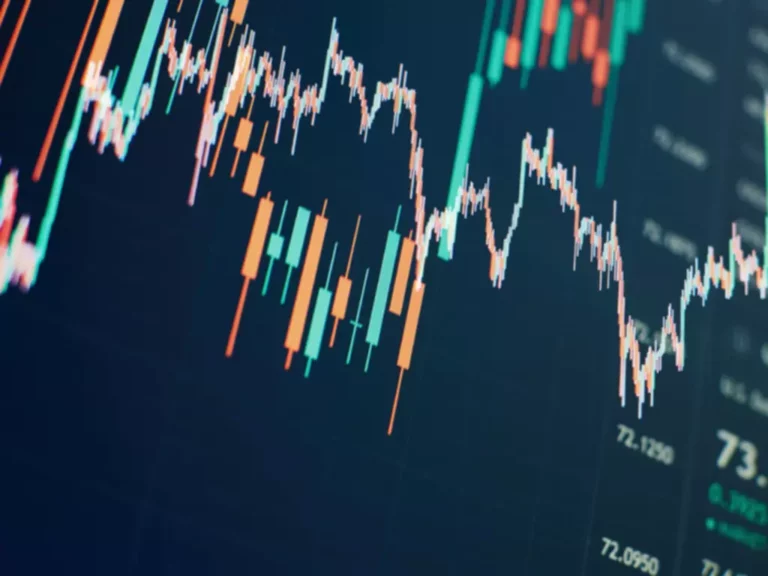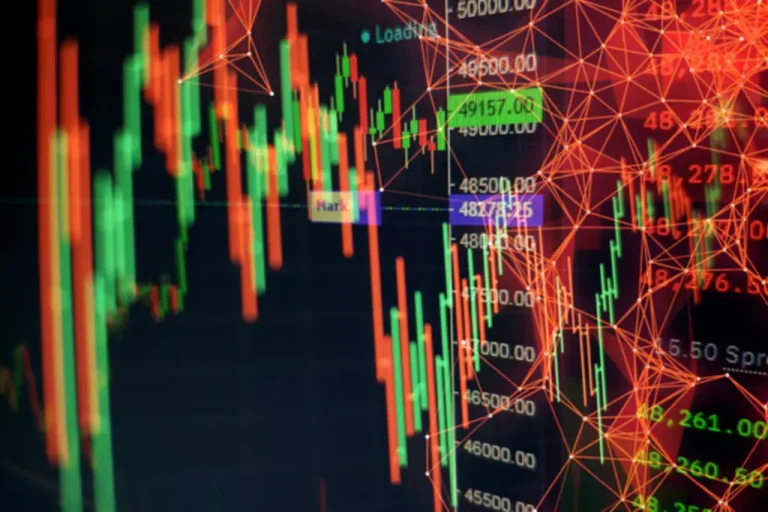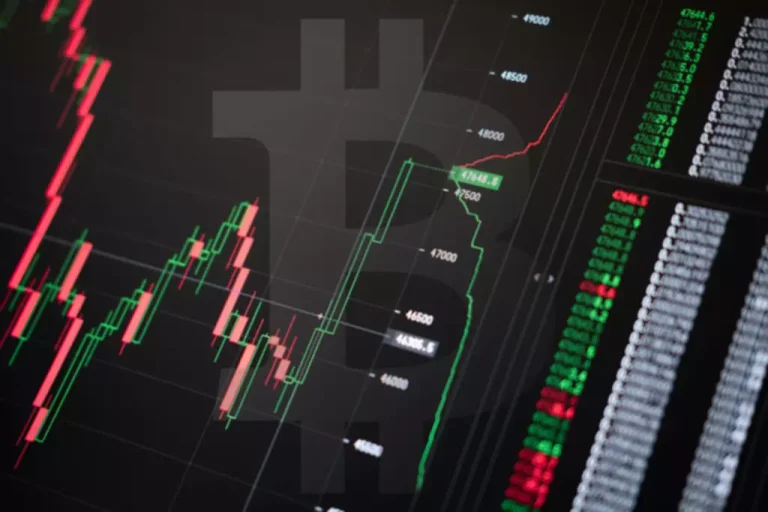These folks would receive an average tax minimize of $12,500, or 3.4% of their after-tax revenue, in 2026, the evaluation discovered. The invoice speeds up the end of tax incentives for renewable power projects to 2027. Many staff who obtain suggestions or extra time compensation would get a tax break through 2028. In a three-year pilot program, each American baby born between 2025 and 2028 would get a $1,000 nest egg from the federal government to be invested in an index fund.
Historical back-tests show that a 5%-10% allocation can decrease general portfolio drawdowns during market crises, while not materially lowering returns—even enhancing them in some cases. Traders can purchase bodily bullion or coins, which offers zero counterparty risk however incurs storage and insurance costs. Low-expense ETFs (e.g., GLD, IAU) that monitor spot costs are sometimes most convenient and liquid. Otherwise, you could also use a market order to execute the trade immediately to ensure your order is filled, although this order kind is more prone to slippage. One of the methods you can mitigate your total exposure to slippage is by trading throughout hours when the market is most energetic and when the liquidity is at its highest.
Slippage, within the context of buying and selling Cryptocurrency exchange, refers again to the distinction between the anticipated value of a commerce and the value at which the commerce is actually executed. This phenomenon is commonly seen in fast-moving markets or during times of low liquidity. Traders need to focus on slippage as it can erode profits and affect the general performance of their trades. Foreign Exchange slippage occurs when a market order is executed, or a cease loss closes the place at a unique fee than set within the order. Many merchants and investors use stop-loss orders to limit potential loss.
The Whipsaw Phenomenon In Trading
Traders can implement numerous strategies to mitigate the impact of slippage, corresponding to using restrict orders to specify the utmost worth they’re willing to pay or the minimal value they’re keen to just accept. By understanding slippage and its causes, merchants can make more knowledgeable selections and adapt their trading method to navigate this common challenge in the monetary markets. Forex slippage refers back to the distinction between the expected value of a trade and the precise executed worth.
- This increases the prospect of discovering others to trade with, lowering slippage.
- Volatility refers to how a lot and how quickly costs in the market change.
- This may embody utilizing restrict orders to specify the utmost value at which they’re prepared to buy or promote an asset.
- This order sort could help in mitigating the risk of slippage, as your position will only be executed if your desired price or a greater price is reached.
The Position Of Market Makers In Managing Slippage
Studying about slippage and its components will help you in the world of cryptocurrency trading. Market depth refers to the market’s capability to sustain comparatively massive market orders without impacting the price of the safety. A deep market has a balanced mixture of buy and sell orders throughout a variety of prices.
Understanding slippage in numerous markets and utilizing the best methods might help you handle its effects. If there’s not sufficient quantity on the desired price, the order may be crammed at different prices. This is as a result of the market might not have enough liquidity to fill the order at the original worth with out changing it.

Excessive quantity securities sometimes have narrower spreads, so it’s essential to trade slippage tolerance highly liquid belongings to avoid slippage. Key extensions on an oboe are modifications to the instrument’s key mechanism, often used to improve ergonomics, reach, or playability. An example of modified keywork consists of lengthening the left F key to permit the left-hand fifth finger to extra simply activate the necessary thing.

Pepperstone doesn’t characterize that the material offered right here is correct, current or full, and due to this fact shouldn’t be relied upon as such. It doesn’t bear in mind readers’ financial state of affairs or funding aims. Without the approval of Pepperstone, reproduction or redistribution of this data isn’t permitted.
Slippage is the difference between the anticipated price of a trade and the price at which it’s actually executed. It can happen in any monetary market, together with shares, commodities, and foreign exchange. A 2% slippage means an order being executed at 2% more or less than the expected value.
Merchants should frequently monitor economic calendars, information releases, and geopolitical developments to anticipate potential market volatility. As traders gain experience in navigating the complexities of the financial markets, they’ll implement advanced methods to additional mitigate the impression of slippage. One such technique https://www.xcritical.com/ includes utilizing algorithmic trading techniques that may execute trades automatically based mostly on predefined standards.

It may be useful to discover modification options with professional instrument repair professionals or the instrument makers/ manufacturers themselves. Typically, these are the most effective people to assist with superior and extremely individualized modifications, as they are specialised instrument makers. These people can fully reshape and kind any aspect of an instrument to a desired specification. Gold has long been viewed as a portfolio diversifier and inflation hedge, so buyers may look to add or improve their allocation to the valuable metal.
From the angle of a day trader, slippage represents a value that may eat into potential earnings, particularly when buying and selling in fast-moving markets or dealing with giant quantities. For a market maker, however, slippage can have an effect on the flexibility to maintain a steady inventory of securities and handle danger effectively. In the intricate dance of monetary markets, slippage is an inevitable companion, often resulting in a misstep within the form of sudden prices. It happens when there’s a discrepancy between the anticipated worth of a trade and the price at which the commerce is definitely executed.
Nevertheless, with the appearance of subtle technological instruments, traders have discovered highly effective allies in their battle against slippage. Precisely measuring slippage is key for merchants aiming to refine their strategies and enhance execution effectivity. One common method involves evaluating the anticipated worth of a commerce with the precise execution price.
For occasion, if a trader places a buy order at $50 per share, but the order is crammed at $49.50, the dealer benefits from positive slippage. This can happen in extremely liquid markets the place prices move barely within the trader’s favor between the time the order is placed and when it is executed. Constructive slippage can improve profitability, especially for traders who incessantly have interaction in massive volumes of transactions.
By understanding what is slippage and the way it works, you’ll be higher geared up to navigate the dynamic panorama of buying and selling and make informed selections to optimize your order execution. Prices usually have a tendency to experience vital movements during times of low liquidity, growing the risk of slippage. To reduce this danger, traders can plan their trades during peak liquidity instances, similar to when major market classes overlap. Utilizing superior buying and selling algorithms and execution strategies can even play an important position in managing slippage.
Commentaires récents